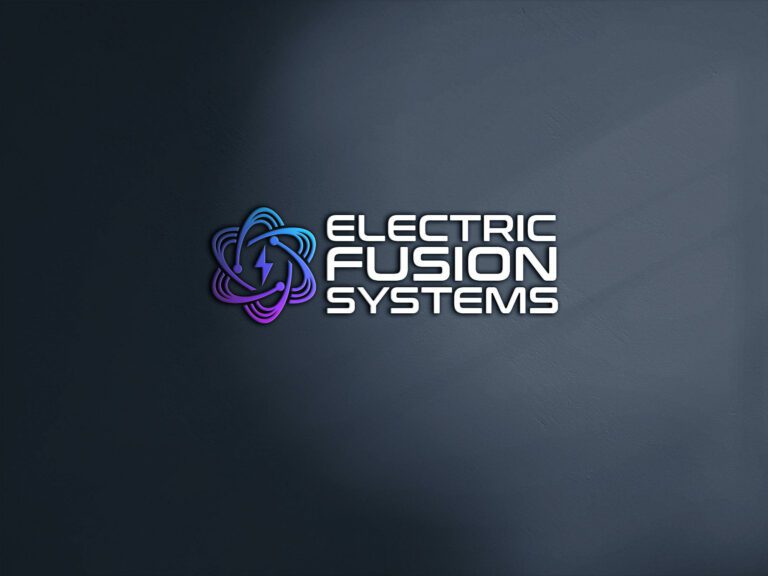Nuclear fusion reactions of D-D are examined in an environment comprised of high density cold fuel embedded in metal lattices in which a small fuel portion is activated by hot neutrons. Such an environment provides for enhanced screening of the Coulomb barrier due to conduction and shell electrons of the metal lattice, or by plasma induced by ionizing radiation (γ quanta). We show that neutrons are far more efficient than energetic charged particles, such as light particles (e−, e+) or heavy particles (p, d, α) in transferring kinetic energy to fuel nuclei (D) to initiate fusion processes. It is well known that screening increases the probability of tunneling through the Coulomb barrier. Electron screening also significantly increases the probability of large vs small angle Coulomb scattering of the reacting nuclei to enable subsequent nuclear reactions via tunneling. This probability is incorporated into the astrophysical factor S(E ). Aspects of screening effects to enable calculation of nuclear reaction rates are also evaluated, including Coulomb scattering and localized heating of the cold fuel, primary D-D reactions, and subsequent reactions with both the fuel and the lattice nuclei. The effect of screening for enhancement of the total nuclear reaction rate is a function of multiple parameters including fuel temperature and the relative scattering probability between the fuel and lattice metal nuclei. Screening also significantly increases the probability of interaction between hot fuel and lattice nuclei increasing the likelihood of Oppenheimer-Phillips processes opening a potential route to reaction multiplication. We demonstrate that the screened Coulomb potential of the target ion is determined by the nonlinear Vlasov potential and not by the Debye potential. In general, the effect of screening becomes important at low kinetic energy of the projectile. We examine the range of applicability of both the analytical and asymptotic expressions for the well-known electron screening lattice potential energy Ue, which is valid only for E � Ue (E is the energy in the center of mass reference frame). We demonstrate that for E � Ue, a direct calculation of Gamow factor for screened Coulomb potential is required to avoid unreasonably high values of the enhancement factor f (E ) by the analytical—and more so by the asymptotic—formulas.
Introducing EFS’s Fusion Energy AI Ambassador
BROOMFIELD, Colo., September 21, 2023 (Newswire.com) – Electric Fusion Systems (EFS) acknowledges the challenges faced in conveying the intricacies of our novel fusion approach to

